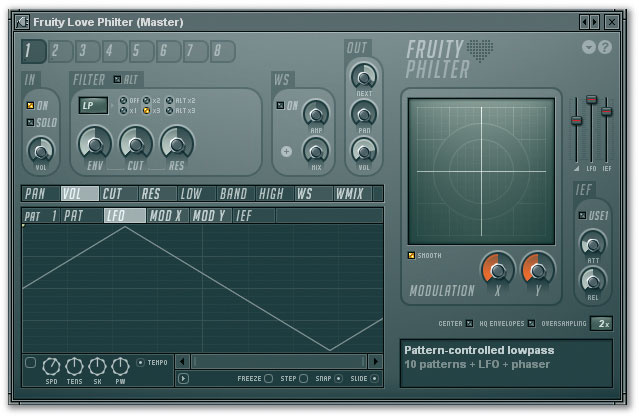

the abbreviation of these three is quite often called MVVM.
#HOW TO UPDATE SEPARATION STUDIO 4 CODE#
This adapter code is quite often called the viewmodel. To keep these two separated, adapter code is needed to glue your model to your view.

When using winforms you have to take care that you do not mix them more than needed. In WPF this separation between model and view is almost enforced. It is easier to reuse the model and to unit test it without having to start a forms program. You can also change parts of the model without having to change the display. This separation makes it easier to change the way that your data is displayed without having to change your model. In modern programming, there is the tendency to separate the model from the view. If (dataRow.RowState = DataRowState.Modified) // this is successfulĭataAdapter.Update(dataRow) // compile errorĬannot convert from '' to ''. The data gets loaded like this: var dataAdapter = new OleDbDataAdapter(sqlQueryString, connString) ĭataAdapter.Fill(dataTable) // fill data table from SQL serverīindingSource.PositionChanged += new System.EventHandler(bindingSource_PositionChanged) īindingSource.DataSource = dataTable // connect binding source to data tableĭataGridView.DataSource = bindingSource // connect DataGridView to binding sourceįor the update I finally have tried this: private void bindingSource_PositionChanged(object sender, EventArgs e)ĭataRow dataRow = ((DataRowView)((BindingSource)sender).Current).Row Other examples use a button to save changes. Examples in DOCS require a DataSet which I try to avoid. The Update method does not accept a DataRow.

The solution presented here seems not to work with an OleDbDataAdapter. I would like to update editions to the database as soon as I move to another row in the DataGridView. I have bound a DataGridView to an SQL Server table in a.


 0 kommentar(er)
0 kommentar(er)
